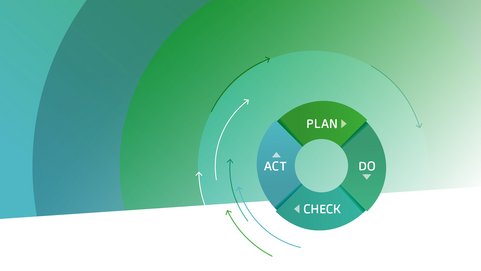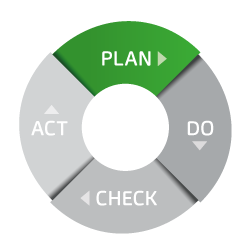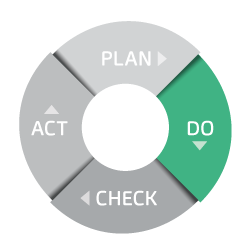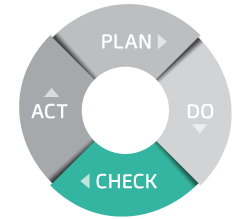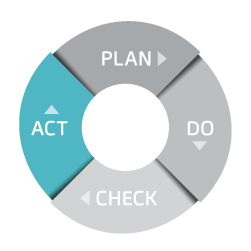7 minutes09/08/2023
In today's dynamic working world, it is crucial for companies and organizations to continuously develop and constantly optimize their processes. A proven tool that is particularly suitable for this purpose is the Plan-Do-Check-Act cycle, also known as the PDCA cycle or Deming cycle. Developed by the renowned statistician and quality management expert Dr. W. Edwards Deming, this cycle has become a cornerstone of effective management systems and continuous improvement.
The following article examines the PDCA cycle in detail and highlights its importance in improving efficiency, quality, and safety in various work areas. From planning to implementation, review, and adaptation, we will explore the steps of this cyclical approach and demonstrate how businesses can benefit from its application. Navigate through the directory to access questions and topics:
- Where did the idea of the PDCA cycle come from?
- Definition of the PDCA cycle
- Sequence of the PDCA cycle
- The importance of the PDCA cycle for companies
- The PDCA cycle in quality management
- PDCA cycle as a tool for motivating employees
- The effectiveness of the PDCA cycle using the example of printing errors
- PDCA cycle example in occupational health and safety
- Advantages of the PCDA cycle
- Challenges of implementation
- Conclusion
